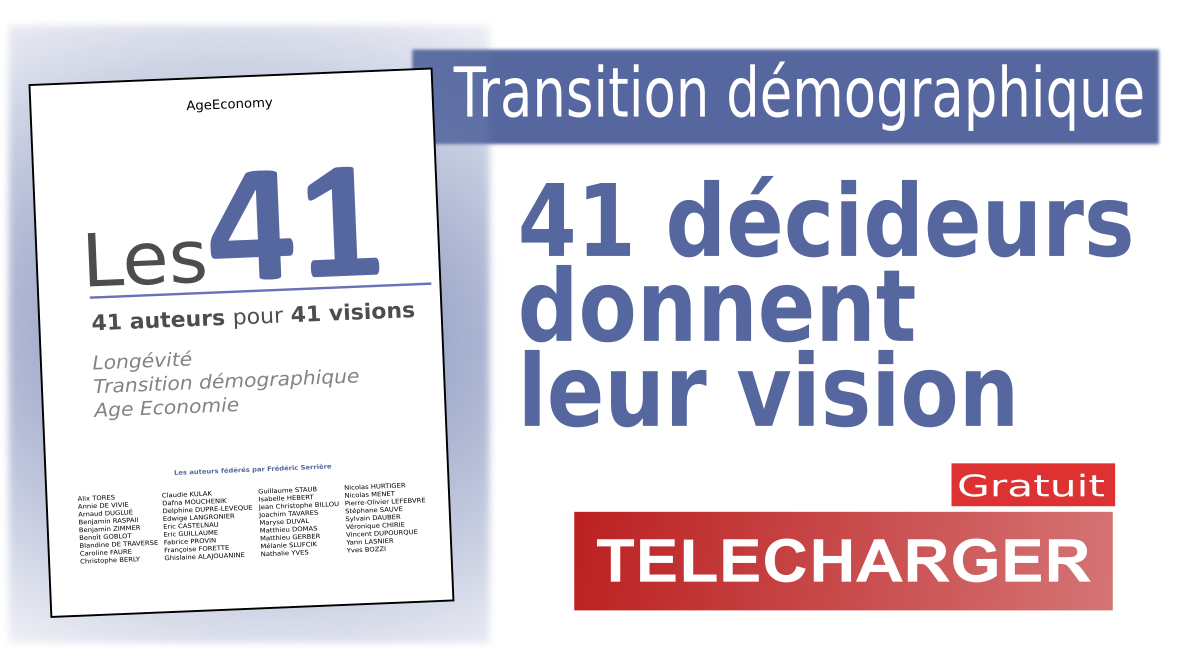Want to feel extra cheerful about your career prospects? Take a look at recent pronouncements from the U.S. Census Bureau, the General Accounting Office and the National Bureau of Economic Research.
They’re all predicting that the waves of retiring boomers will leave the United States with a perpetual labor shortage starting in about 2011. The GAO went as far as to say the U.S. could experience a shortfall of 35 million workers by 2030. That would be a big deal — if it were true. Workers, especially skilled workers, could expect higher wages and better perks and the ramifications for economic policy and investing would be profound.
The notion of a coming job boom is an overblown theory that has gained credibility through sheer repetition. But the idea has been kept afloat by politicians and corporate leaders seeking a demographic crutch for shortsighted policy measures and retention policies. Here are just a few of the reasons not to believe the hype:
- Active Boomers: A recent AARP survey found that 80 percent of Baby Boomers planned to work into their 70s. Later retirements and part-time second careers will supplant the popular image of the 60-year old moving down to Florida for a life of leisure.
- Rising Productivity: The US GDP is six times larger than it was at the end of WWII, yet the labor force is only twice as large. As new technology continues to make us more efficient, fewer workers will be needed.
- Don’t underestimate the « Baby Bust » crowd: Even though Boomers outnumber the « Busters » (those born in late 1960s-early 1970s), the Baby Bust generation claims significantly higher numbers of college grads among its ranks, meaning we’ll have more skilled workers to fill in for retirees.
- Increased Offshoring: It’s here to stay. Low-cost knowledge workers may one day do to Wall Street what low-cost manufacturing workers did to Main Street.
Source : http://www.kauaiworld.com




